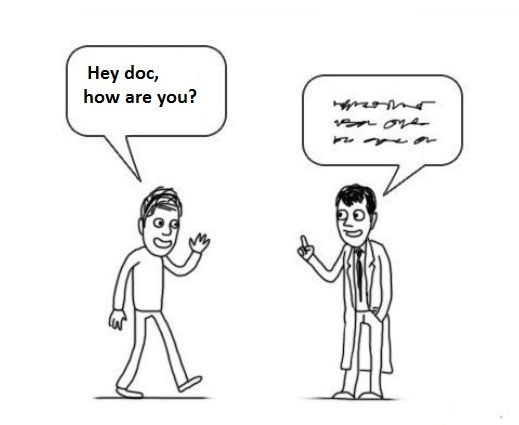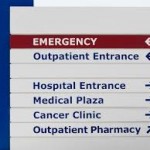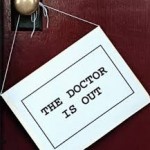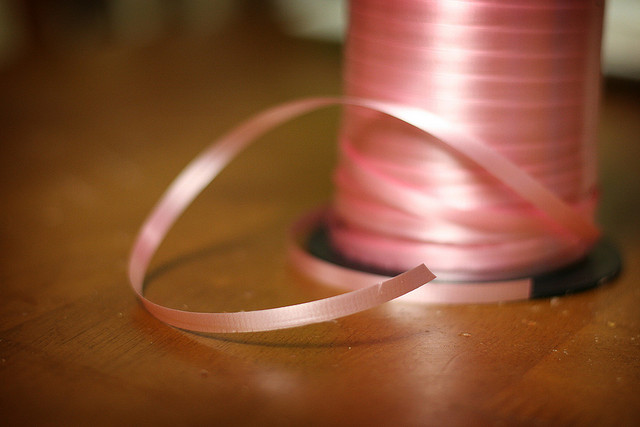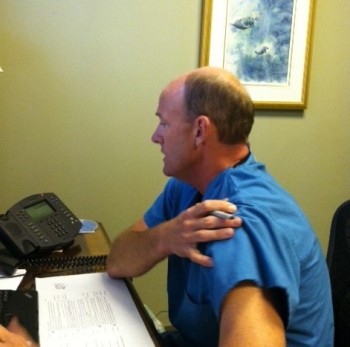
This week, Richard M. Kline, Jr., MD, of The Center for Natural Breast Reconstruction answers your question about breast reconstruction.
Question: I’ve had my breast tissues removed and I now have implants. They are under my muscles, too large and very uncomfortable. Is there anything you can do to fix this and make a smaller implant? I am very unhappy with the way my breasts look, This is contributing to already very low self-esteem issues. Can you help me? What are my options?
Answer: There is an excellent chance that we can help you. The country is currently undergoing a paradigm shift in implant-based breast reconstruction, with more and more surgeons placing the implants in front of the muscle, rather than behind. This allows for numerous potential advantages, and few disadvantages. We have been converting patients with unsatisfactory sub-muscular reconstructions to reconstructions in front of the muscle for a few years, with generally good-to-excellent results.
Another option is to remove your implants and re-build your breasts only with your own natural tissue, usually from tummy or buttocks. This is a larger operation than implant reconstruction but obviously results in an even more natural result.
I would be happy to discuss your situation further with you by phone, if you wish, or see you in my office when convenient.
Thanks for your question.
Have a question about breast reconstruction or post-surgical you’d like answered from our surgical team? Just ask!


